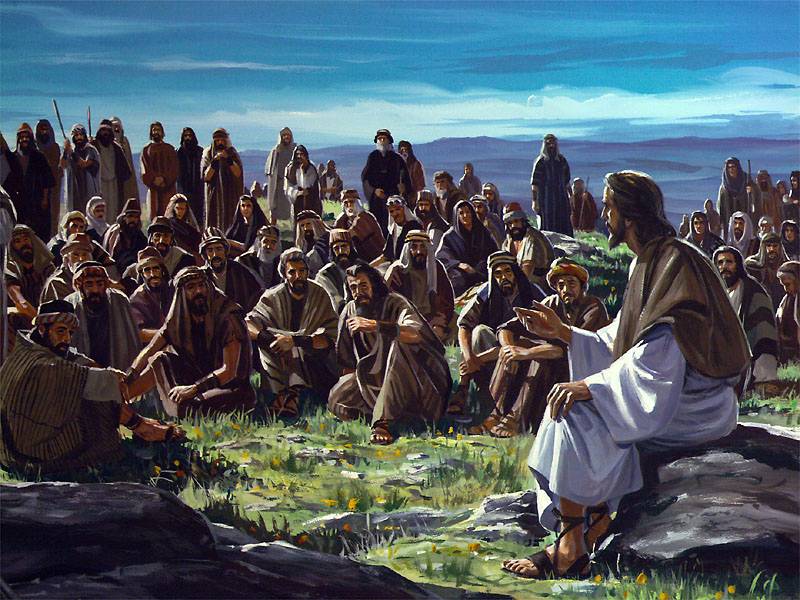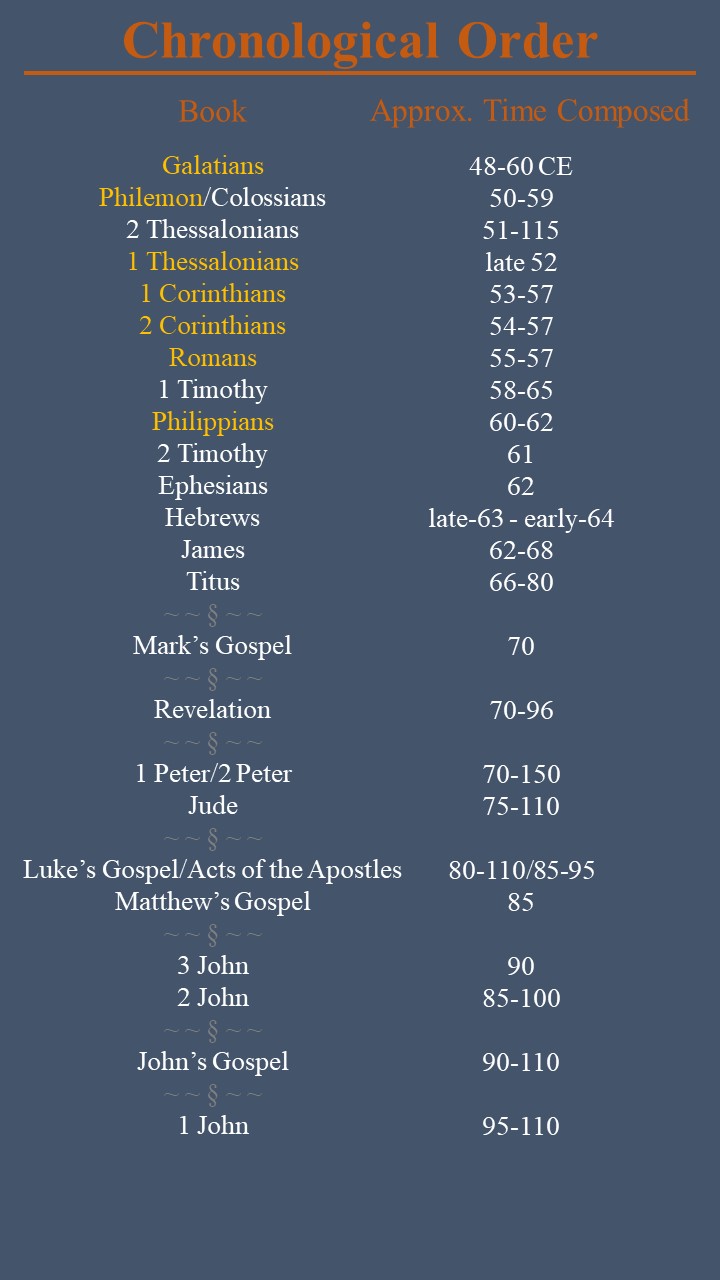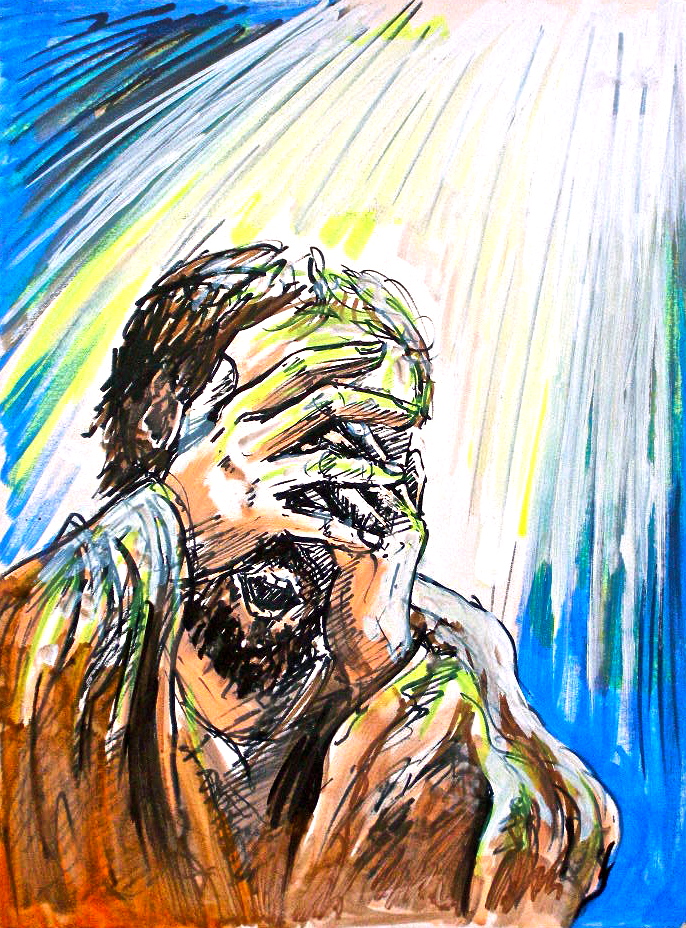It is called Quantum Entanglement and it has just been proven more true, repeatable time and again with the same identical results (so far), and so must exist as a law, if not near-law, in Quantum Mechanics. The implications of this being law are massive!
Why massive? Let me first share what experiment just took place further proving the truth of quantum entanglement, or what Albert Einstein called “spooky action at a distance,” and what was done and what it means, then I will discuss the possible implications, particularly for ethics and morals.
Two Distant Separate Quasars Judge Proceedings
The old guard, i.e. classical physics and/or philosophy, hold that for an event or action at one point to have an influence at another point, something in the perceived space between those points such as a field or unseen supreme being must arbitrate the action. To exert an influence or force, something, e.g. a wave, energy, or particle, must travel through the field between the two bodies, carrying the information/influence. Therefore, the principle of locality implies that an event/force at one point cannot cause an instantaneous, simultaneous result at another point. This also implies then that Quantum Mechanics violates either locality or realism, and models of Hard Determinism. More on this later.
What is undeniable and already happening is the dawn of Quantum Supremacy. What is Quantum Supremacy? Currently, and over the last decade or more, conventional supercomputers and microprocessors like the phone in your hand or laptop at your office do computations using bits-flipped like a coin with heads and tails; 1’s and 0’s and various binary combinations of those 1’s and 0’s. Polarity is another way of looking at it: positive and negative combinations. The bigger the calculation, the more bits/coins (size and time) the microprocessor requires in today’s supercomputers. With quantum bits/processing (Qubits or Qb’s) they are a combination of 1’s and 0’s, or heads or tails as if the coin was constantly spinning on its axis showing both sides: the more qubits, the greater the processing power.

A Quantum computer
What these calculating speeds mean is that Quantum Supremacy can make so many large, various calculations simultaneously that the number would exceed all the atoms in the entire observable Cosmos. The observable cosmos is currently measured at about 93-billion light-years in diameter. Try to imagine the number of atoms in that space. Quantum Supremacy is essentially reaching or is on the doorstep of consciousness. These quantum computers and quantum encryption rely on quantum entanglement being real, a law of nature!
Since the 1920’s and 1930’s Quantum physicists have theorized various forms and possible laws pertaining to the activity, behavior, and makeup of subatomic particles and their predicted or probable condition at any given time. However, old habits and stubborn ideologies and traditions die hard. Dare I say they sometimes appear immortal, divine, impervious, and immeasurable.
Not anymore, or not so much.
 Many scientific experiments have been made to test the veracity of quantum entanglement. All of them in their specific parameters have so far shown that quantum entanglement is real, but quite difficult to consistently explain. The nagging counter-argument has always been the freedom of choice loophole. This loophole basically means or purports that a hidden classical variable (God?) can or does influence (in degrees) how a curious experimenter/observer measures a subject, or in this case an entangled particle. Is that too confusing to wrap your head around? No worries. Here’s a tangible analogy.
Many scientific experiments have been made to test the veracity of quantum entanglement. All of them in their specific parameters have so far shown that quantum entanglement is real, but quite difficult to consistently explain. The nagging counter-argument has always been the freedom of choice loophole. This loophole basically means or purports that a hidden classical variable (God?) can or does influence (in degrees) how a curious experimenter/observer measures a subject, or in this case an entangled particle. Is that too confusing to wrap your head around? No worries. Here’s a tangible analogy.
Imagine the Universe as a bar-pub with 20 different beers listed above the bartender for you to drink. You think you can order any of the 20 beers, but then the manager from the back tells you, “We’re out of the lagers,” and so it turns out only thirteen of the beers are really on draft. You still have the freedom to choose from the remaining thirteen beers, but you were over-counting your degrees of freedom while unexpectedly reducing your chance of excessive inebriation! Woohoo! A good thing, right? Eh, depends on the size of the beer-drinker, his or her thirst, and the size of beer-glasses, and whether you have that much money to pay… or find your mouth by the time the 10th or 12th beer-glass is served and gravity kicks in like a MoFo! Get the loophole picture? God or gravity does not want you drinking so many good beers.
But in February 2018 our favorite pub-bar was completely redone, restaffed, restocked, and redefined. Sorry Jim, John Zande, and Arkenaten. Using the William Herschel Telescope in conjunction with the Galileo National Telescope—both a half-mile apart from each other—at the Roque de los Muchachos Observatory, in La Palma, Spain in the Canary Islands, a team of physicists led by Anton Zeilinger of the University of Vienna and David Kaiser of the Massachusetts Institute of Technology, focused on two different High-Redshift quasars billions of light-years away (7.8 and 12.2) in order to determine whether the light-photons are more red or blue than a baseline. Since those photon-lights of the quasars being measured by the telescopes are actually over 7.8- and 12.2-billion years old, the likelihood that some classical mechanism, process, or loophole could intervene/interfere with their tests are precisely 10 ¯²°, or 1 in 100 billion billion. There is no conspiracy because the Earth is only 4.5 billion years old. However, there are probabilities as tiny and as far into outer space as you could impossibly imagine!

D. Rauch (Phys. Rev. Lett. 121, 080403)
For the purpose of quantum entanglement, determinism, and the speed of light, what Zeilinger’s and Kaiser’s two 15-minute experiments—of over 17,000 and 12,000 pairs of entangled photons—showed was that the photon quasar pairs were indeed quantumly entangled even while located billions of light-years apart. Therefore, it is only a 1 in 100 billion billion chance that quantum entanglement does not exist. Like it or not, it is quite real and to Einstein’s chagrin, it is faster than the speed of light. Want a more layman’s description of that speed? If you could travel the speed of light, you could go around the entire Earth 7.5 times in one second. I’ll give you less than a minute to catch your breath.
The Ethical and Moral Implications of Quantum Entanglement
Earlier in this post I mentioned that Quantum Mechanics violates either locality or realism, and models of Hard Determinism. The origin of Determinism, and most certainly Hard Determinism can be found in several ancient Bronze and Iron Age, Classical Age, Post-Classical, and Early Modern civilizations and their histories. One of those civilizations or cultures that heavily influenced our Western Civilizations was ancient Judaism, Judaeo-Christianity, and Medieval-to-Modern Christianity. One consistent theme throughout all three of those aforementioned cultures was the implied and Scriptural sovereignty and foresight of their Judaeo-Christian God “YHWY” or Yahweh. In other words and for our identification and distinction here, God is causa sui, or a self-caused cause, timeless, the beginning of all beginnings in need of no cause to be. The overwhelming (canonical) Scriptural corroboration for this follows:
God said to Moses, “I AM WHO I AM”; and He said, “Thus you shall say to the sons of Israel, ‘I AM has sent me to you.’” (Exodus 3:14)
Before the mountains were born
Or You gave birth to the earth and the world,
Even from everlasting to everlasting, You are God. (Psalm 90:2)“For I, the Lord, do not change… (Malachi 3:6a)
O Lord, You have searched me and known me.
You know when I sit down and when I rise up;
You understand my thought from afar.
You scrutinize my path and my lying down,
And are intimately acquainted with all my ways.
[…]
Even the darkness is not dark to You,
And the night is as bright as the day.
Darkness and light are alike to You.For You formed my inward parts;
You wove me in my mother’s womb. (Psalm 139:1-13)And there is no creature hidden from His sight, but all things are open and laid bare to the eyes of Him with whom we have to do. (Hebrews 4:13)
And He is the radiance of His glory and the exact representation of His nature, and upholds all things by the word of His power. When He had made purification of sins, He sat down at the right hand of the Majesty on high… (Hebrews 1:3)
The Lord has established His throne in the heavens,
And His sovereignty rules over all. (Psalm 103:19)Are not two sparrows sold for a cent? And yet not one of them will fall to the ground apart from your Father. But the very hairs of your head are all numbered. So do not fear; you are more valuable than many sparrows. (Matt. 10:29-31)
What shall we say then? There is no injustice with God, is there? May it never be! For He says to Moses, “I will have mercy on whom I have mercy, and I will have compassion on whom I have compassion.” (Romans 9:14-15)
Also Romans 8:28-39; Ephesians 1:3-14; 2:8; and 2 Timothy 1:9-10 and many more.
Clearly, according to the Jewish and Judaeo-Christian or Christian “God” of their canonical Bible there is no room for freedom of choice or free-will. This is also called Incompatibilism. No doubt, there will be thousands of other Christians, preachers and scholars alike (Wayne Jackson), screaming “foul, lies, and apostasy” at me. Yet, as shown by the above passages “God” is in complete and total control of everything and ultimately you. We are merely players acting out our preconceived programmes according to their Holy Scriptures and wildly enough, this is also believed and taught by some non-Christians. This thinking and imposed determinism (apostasy?) was further defined and defended by the creation of at least 10 classic dogmas, three that I emphasize deserve special attention:
- Being – from Parmenides and Plato to Heidegger and Sartre, all Becoming and Time has been seen as a corrupt this-worldly illusion, preventing us from seeing the Great Chain of Being. All events are extratemporal and simultaneous in the eyes of God. Aquinas’ totem simul.
- Necessity – Necessity is often opposed to chance. In a necessary world there is no chance. Everything that happens is necessitated. Nothing is contingent. From Leucippus to the Stoics, Leibniz, and Spinoza.
- Analysis – from Pythagoras, Plato, Euclid, Archimedes, and Galileo comes the powerful train of thought that everything can be explained by analytical mathematical functions. Newton’s mathematical laws of motion for celestial bodies was the crowning achievement for analysis. For William Blake, breaking things into their component parts to analyze their workings was “murder to dissect.”
- Certainty – Descartes’ quest for an undeniable fact on which he could erect the Truth of Philosophy and the Christian Religion.
- Logic – Logical determinism is the simple idea that events in the future must be as true or false today as they will be after they happen. Aristotle doubted this in his famous discussion of the Sea Battle.
- Causality – Aristotle and the great Scholastic thinkers imagined a causal chain from the First Cause to the present moment. Although David Hume said we could not prove causality from mere appearances of Regularity, he nevertheless believed deeply in Necessity, above as the 2nd bullet-point.
- Physical – The first great determinism was that of the earliest physicists and philosophers Leucippus and Democritus. For them there was nothing but atoms moving through a void. Later the Stoic physicists based physical determinism on the Laws of Nature or the Laws of God, since they identified Nature with God via General Revelation.
- Mechanism – If classical mechanics could explain the motions of the heavens as the result of natural laws, the same laws might explain human beings, including the individual mind and society. Enlightenment philosophers wrote of “Man as Machine.” Planetary motions and mental processes were compared to mechanical clockworks.
- Reasoning – The idea that the universe must be rational—because its designer was rational, because thought would not be possible without reason, because natural laws must be rational, etc.—convinced many thinkers that reason allows only one future, and only one possible choice for the rational will.
- Truth – The idea that one man, one religion, or one state possesses the One Truth (Monisms like 1 Corinthians 1:10) has been one of the most destructive ideas in the history of human thought.

(Abaco Bum, Flikr, Public Domain)
Some of these past thinkers, reformers, revolutionaries, prophets, preachers, apostles, philosophers, patristic fathers and what have you, would turn these dogmas into indivisible, lowest common denominator fundamentals, or immutable laws that all knowledge, thought, or the best science could not exist without one or more of the ten being unequivocally “true.” Bold? Misguided? Ignorant?
As Quantum Physics, Mechanics, and Computing become more understood, more refined, and harnessed beyond the speed of light to the point of consciousness, it would be an understatement to say humanity is near or undoubtedly at an unprecedented place in history. With quantum entanglement and computing anything is or will be possible because observed measurements (moral/ethical judgments) can never be more than probabilities. Hard Determinism denies any randomness in the operation of the world. Old guard traditionalist and Monists deny chance. They turn their eyes away from the underlying chaos in the universe. Probabilities and subjectivism makes their stomachs ill and their skin crawl. As William James succinctly described, Determinists or if I may, Absolute Certainists(?), have antipathy to chance and adequate probability.
Quantum entanglement and supremacy forces them to see the magnificent kaleidoscope of ergodic, creative phenomena that can build adequately determined information-blueprints in spite of, and basically on top of, our perpetual chaos. Hah! Ergodic procedures control, contain, constrain, and co-opt entropic chaos, using it to their own teleonomic ends of biological creativity, and, in the case of animal intelligence, human freedom. In a few words, Monism or classic Determinism, especially hard determinism, or causality is just plain ignorance and there is now ample evidence proving it does not exist. But there will always be hard-line deniers of pluralism and uncertainty.
“Reason is the Devil’s greatest whore,” Martin Luther believed. I guess then it follows Luther’s logic that Quantum Entanglement is God’s invigorating libertine, huh? Mmm. Oh the rampant debauchery of it! Be still my thumping heart and nether parts!
————
Live Well — Love Much — Laugh Often — Learn Always

This work by Professor Taboo is licensed under a Creative Commons Attribution-NonCommercial-NoDerivatives 4.0 International License.
Permissions beyond the scope of this license may be available at www.professortaboo.com/contact-me/.
















